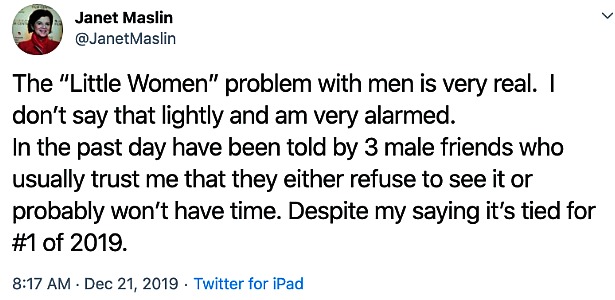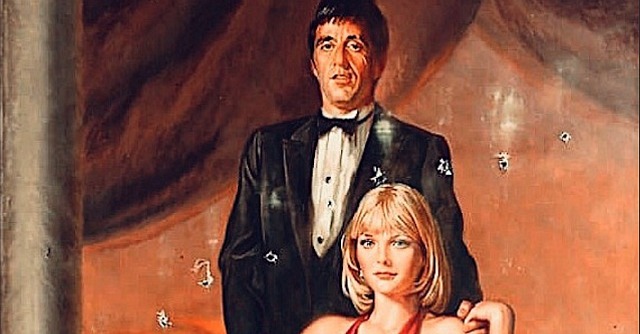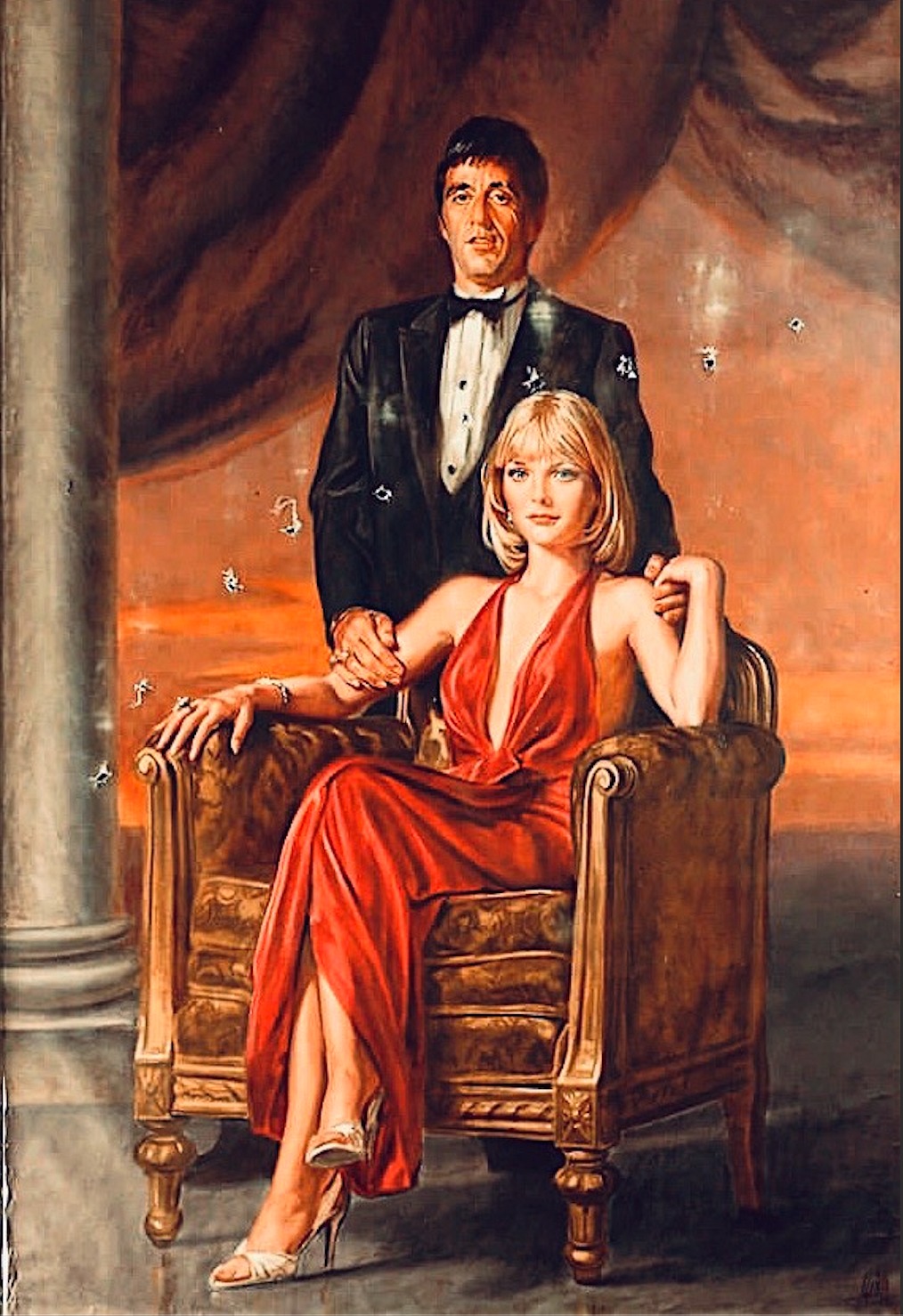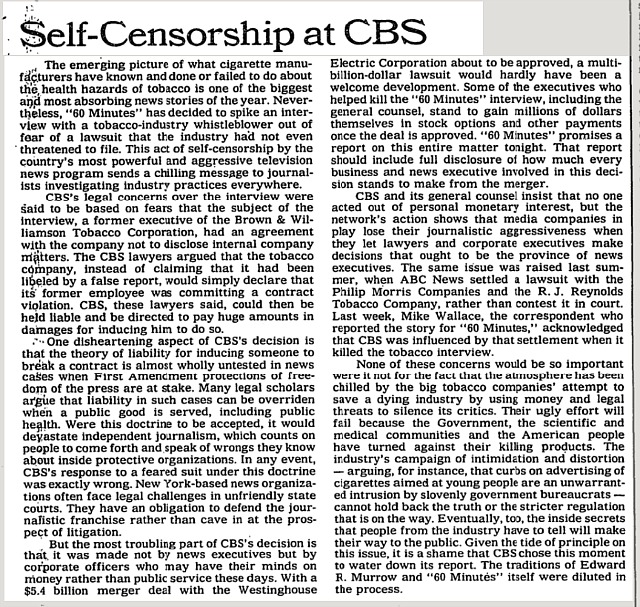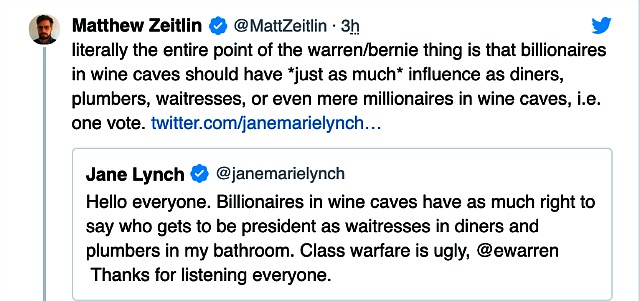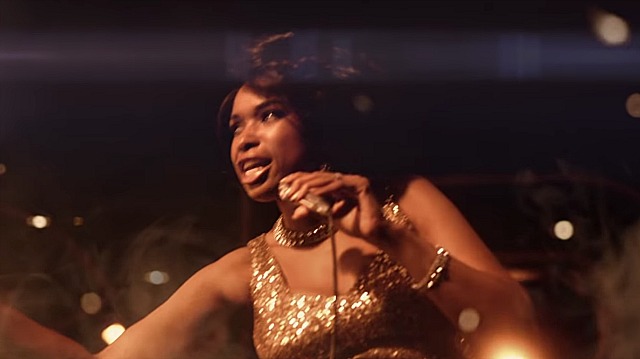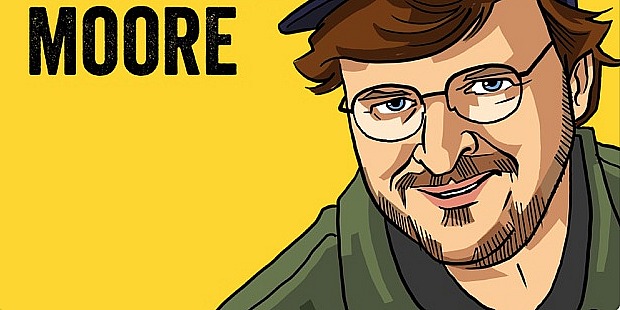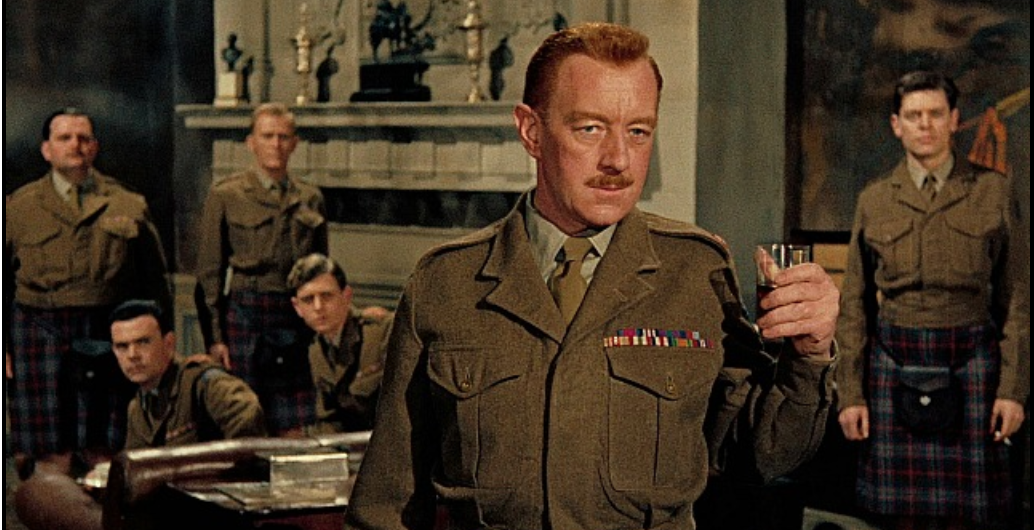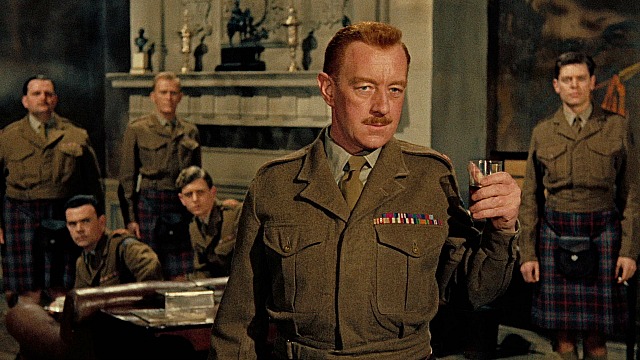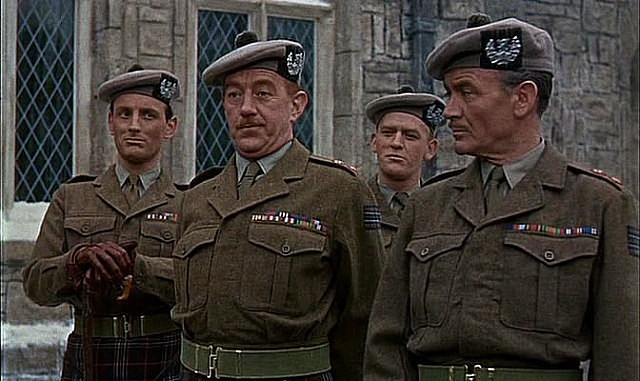I recently bought Criterion’s Tunes of Glory Bluray. I felt such holiday excitement as I popped it in, sitting on an ottoman with a cup of warm cider and anticipating some kind of luscious, old-school color bath, and in my favorite aspect ratio of 1.66:1…perfect!
Naturally I expected a “bump” of some kind — some kind of visual upgrade that would make this 1960 Ronald Neame film look like dessert. This is what Blurays are supposed to deliver, after all — versions of well-known films that look a little better than ever before, like they came straight from the lab, all fresh and gleaming. If Neame was somehow sitting beside me I would want him to exclaim, “My God, it’s never looked so good…heaven!”
Alas, the Criterion guys don’t necessarily believe in bumps. They deliver them frequently, but not always. Sometimes they get into one of their pissy moods and decide to throw a change-up.
Within five or ten minutes of watching their Tunes of Glory Bluray, I knew I’d been burned.
Sometimes Arthur Ibbetson‘s cinematography would look sufficient or, as some say, “good enough”; at other times it looked vaguely washed out and in one or two portions almost absurdly grainy. And it certainly lacked any semblance of what I would call sharpness.
Most of the time I felt as if I was watching a 16mm print bring projected onto somebody’s living room wall.
If you want to adopt a go-along attitude you could say it looks fine for the most part. There’s nothing “wrong” with the appearance of this 59 year-old British film except for the fact that it looks completely unexceptional and therefore hugely disappointing.
I had the same reaction to Criterion’s Rosemary’s Baby Bluray…a completely first-rate, professional-grade snooze.
From Gary Tooze’s recently posted DVD Beaver review: “It shifts quite dramatically from the weak SD but never looks crisp or glossy, maintaining the film’s grit and grain textures to the significantly higher degree offered by the HD resolution. There is an inherent softness and lack of depth that can give the perception of losing detail — it looks far more film-like in motion. I do see that it is slightly cropped on both side edges of the frame as compared to the old DVD. Overall the digital presentation gains significantly on the 4K restored Bluray.”
HE response: It’s fine but underwhelming…be honest! A first-rate transfer that will put you to sleep.
Criterion’s Tunes of Glory Bluray was restored in 2018 by The Academy of Motion Picture Arts & Sciences Film Archive and The Film Foundation in collaboration with Janus Films and The Museum of Modern Art. Restoration funding provided by George Lucas Family Foundation. The 35mm Eastman Color original camera negative and 35mm optical track positive are the sources of this digital restoration. 4K Scanning and Image Restoration by FotoKem Audio Restoration by Audio Mechanics.
Read more
